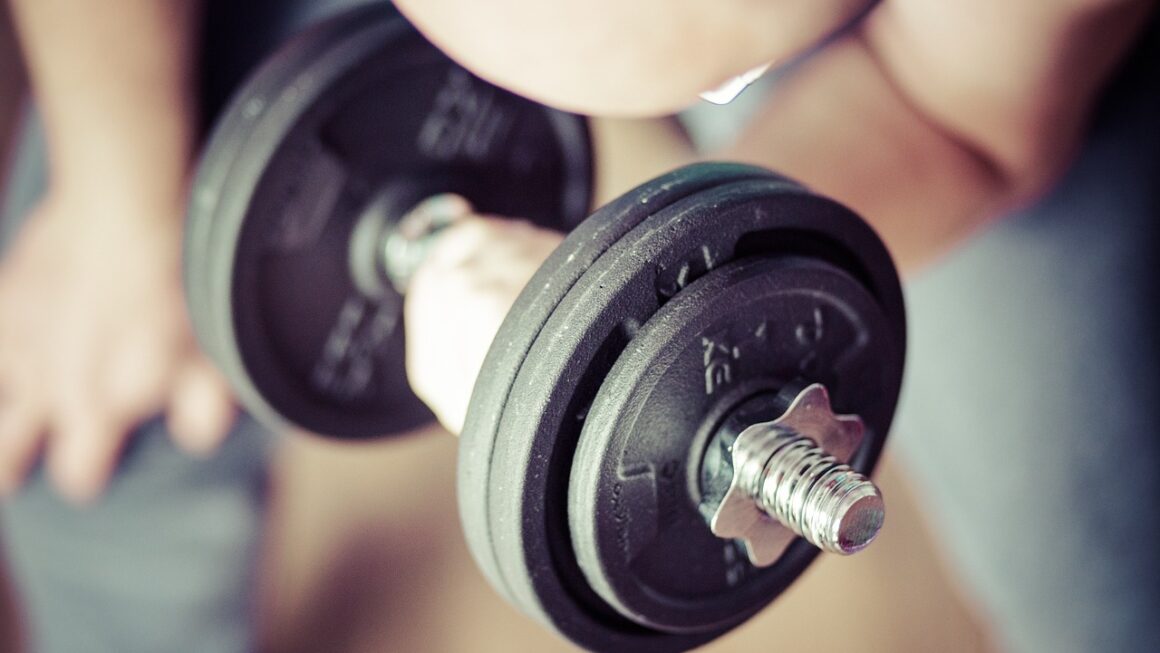Flexibility training is an essential aspect of physical fitness that often gets overlooked in favor of strength training or cardiovascular exercises. However, incorporating flexibility routines into your fitness regimen can significantly enhance overall performance, reduce injury risk, and improve quality of life. This blog post explores the fundamentals of flexibility training, its benefits, types of stretching, and how to integrate it effectively into your routine.
Understanding Flexibility Training
What is Flexibility Training?
Flexibility training involves exercises that stretch and lengthen the muscles, improving the range of motion in the joints. It is crucial for anyone, regardless of age or fitness level, as it promotes muscle elasticity and joint mobility.
Why is Flexibility Important?
- Injury Prevention: Improved flexibility reduces the risk of strains and sprains.
- Enhanced Performance: Increased range of motion can lead to better performance in athletic activities.
- Improved Posture: Flexibility aids in correcting muscular imbalances and contributes to better posture.
- Increased Blood Flow: Stretching can enhance circulation, promoting muscle recovery.
Types of Flexibility Training
Static Stretching
Static stretching involves holding a stretch for a certain period, typically 15-60 seconds. This technique is most beneficial when performed after workouts to help relax muscles.
- Benefits: It improves overall flexibility and can help alleviate tension.
- Examples: Hamstring stretch, quadriceps stretch, shoulder stretch.
Dynamic Stretching
Dynamic stretching involves moving through a range of motion that mimics the exercises to be performed. This type is ideal as a warm-up before workouts.
- Benefits: It increases blood flow, enhances performance, and prepares the body for activity.
- Examples: Leg swings, arm circles, torso twists.
PNF Stretching
Proprioceptive Neuromuscular Facilitation (PNF) stretching is a more advanced technique where a muscle is stretched, contracted, and then stretched again. This method is often used in rehabilitation settings.
- Benefits: Greater increases in flexibility compared to static stretches.
- Examples: Contract-relax technique, hold-relax technique.
Integrating Flexibility Training into Your Routine
Creating a Flexibility Schedule
- Assess Your Needs: Determine areas where you lack flexibility.
- Set Goals: Write down specific, measurable goals for your flexibility training.
- Choose the Right Type: Incorporate a mix of static, dynamic, and PNF stretches based on your fitness routine.
- Consistency: Dedicate at least 10-15 minutes after workouts, or schedule specific flexibility days.
Tips for Effective Stretching
- Always warm up before stretching to prevent injury.
- Focus on your breathing; inhale deeply and relax into each stretch.
- Never force a stretch; go to the point of mild discomfort, not pain.
- Incorporate stretching into daily life—try stretches at your desk or before bed.
Measuring Your Progress
Tracking Flexibility Improvements
To gauge your progress in flexibility training, consider the following methods:
- Use a Flexibility Assessment: Perform standard tests like the sit-and-reach test or shoulder mobility tests.
- Document your routine: Keep a log of stretches performed and any increases in range of motion.
- Monitor how you feel: Pay attention to improvements in daily tasks or activities.
Potential Challenges
Stay aware of potential challenges in flexibility training, including:
- Time Constraints: Prioritize and schedule stretching sessions as you would any workout.
- Stagnation: Change your routine every few weeks to prevent boredom and plateaus.
Conclusion
Flexibility training is a vital component of any comprehensive fitness program. From alleviating pain to enhancing athletic performance, the advantages of flexibility extend deeply into nearly every aspect of physical activity and health. By understanding the types and methods of flexibility training and integrating them consistently into your routine, you can enjoy a multitude of benefits that enhance not only your fitness journey but also your overall well-being. Start today, and make flexibility training a priority in your life!




